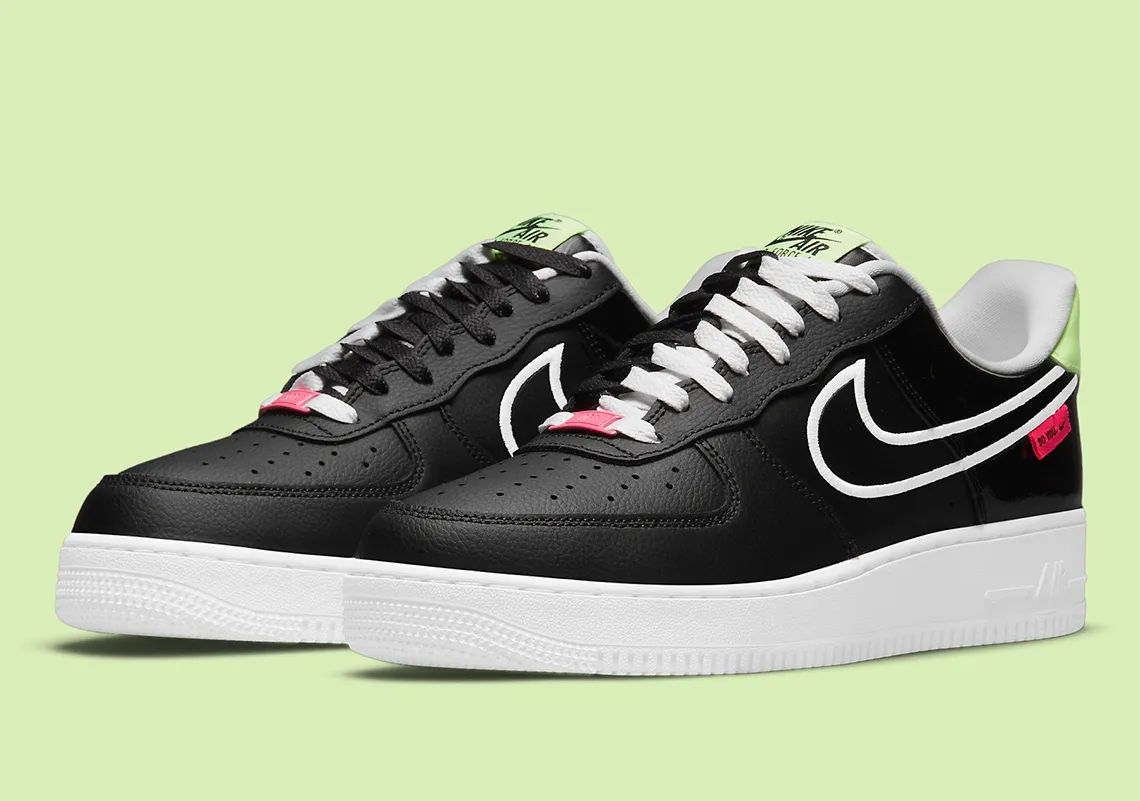
Long before our current foldable clamshell smartphones, but soon after the curved and “edge” displays, came a real breakthrough in mobile technology: the first foldable smartphone.
The title is still being disputed between HUAWEI and Samsung. With the original Mate X being unveiled on February 25, 2019, the Galaxy Fold was announced just five days prior on February 20, 2019. Just by looking at these dates, it could be easily settled, but some still argue the title should go to the Mate X, as it was the first to pack a 7nm 5G multi-mode modem chipset, while the Fold was lacking 5G capabilities. Then it all became blurry with both companies delaying market availability several times in order to fix prototype issues. I digress.

Different approaches
But 5G vs 4G/LTE wasn’t the only difference between these two innovative products. You see, the two companies approached the foldable design concept with a completely different mindset. While the HUAWEI approach was to utilize an out-folding design, the Samsung device was an in-folding product.
There were pros and cons for both approaches. However, both companies stood by their decisions, claiming their approach was the right one.
While HUAWEI only employed a single display, it was always exposed to the elements, hence prone to wear and tear. Samsung, on the other hand, avoided this problem by protecting the display in folding it like a book, but then again it had to resort to a second, outer display, for the thing to be of any use while being folded.

“We had several solutions, but we canceled them. We had three projects simultaneously. We had something even better than that, killed by me. It was bad.
[…] I feel having two screens, a front screen, and a back screen makes the phone too heavy.”— Richard YU, CEO of HUAWEI Consumer BG
Back and forth the two companies went by criticizing the competitor’s approach and praising their own. Both original products, as with many of the industry firsts and 1.0 versions, were not immune to subsequent problems, from cracked displays to hinges giving up, from overheating to display protectors failing.

Successors
That didn’t stop the two giants from improving on their offerings, and, one year later in 2020, they both launched successors, claiming to fix many of the previous issues. The Galaxy Z Fold 2 received a larger outer display and updated internals, and the Mate Xs got a spec-refresh, a new hinge design, and a more durable display.
However, both companies were standing by their philosophy, and the Mate Xs was still out-folding, and the Z Fold 2 was still in-folding, with an outer display.
Paradigm shift
Fast forward to February 22, 2021, yes, in the future, and HUAWEI is set to unveil the Mate X2. It will most likely get its specs up to date, with the adoption of the Kirin 9000 chipset, but, what’s most important is that the Mate X2 will likely adopt an in-folding design. At least that’s what early rumors and leaks seem to suggest.
There’s no way around it, with an in-folding design, you have to attach an outer display to your phone. That is, of course, if you want it to be more useful than a fancy paperweight. No doubt, the added display will also add more Dollars (well, Yuans) to an already exclusivistic price tag, but the most notable aspect here is the paradigm shift.
Did it take two generations of products for HUAWEI to figure out that Samsung was right all along? Or is it just a natural evolution of a product, as it improves over time, from the original 1.0 version onwards?

Epilogue
At the end of the day, or, at least, the end of this article, it has little to do with who’s right and who’s wrong. Every day humanity is making breakthroughs at a faster and faster pace. From developing a vaccine or cure to finding out what it takes to bend, fold, or even roll a display, we’re constantly trying to improve, and, regardless of how you look at it, an improved product is a new product.
Sure, it can be based on an original product, which is also an evolution of its predecessor, but in the end, it’s still a new product. And, if someone found a way to improve on a product (technology, etc.), there’s nothing wrong with applying those findings to improving your own product. Regardless of how you look at it, it’s humanity as a whole, and evolution, that’s the sole and only beneficiary of technological evolution. Else, we’d still be driving our cars on wooden wheels, and roads that we’re complaining about today would feel a whole lot more bumpier.
Welcome to The Editor’s Desk!
The Link LonkFebruary 06, 2021 at 06:00PM
https://ift.tt/2Mx3wV7
Will HUAWEI admit Samsung was right all along? - Pocketnow
https://ift.tt/2O3clnm
Samsung

No comments:
Post a Comment